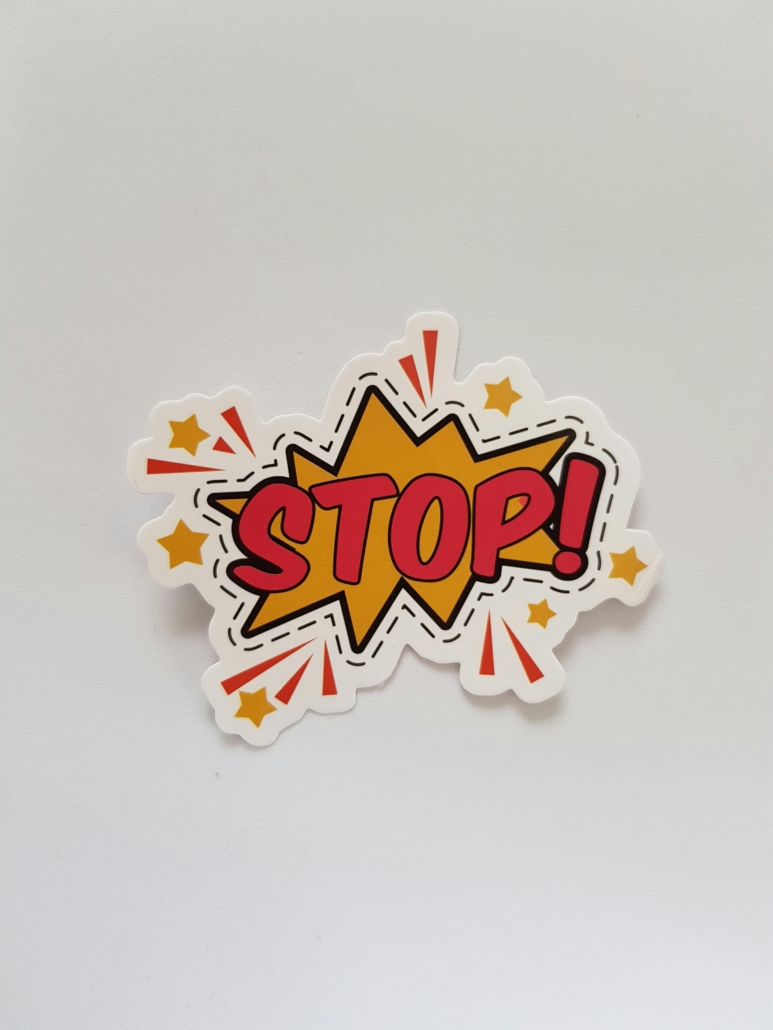HOW TO STOP LIVING IN FEAR

Paying attention to fear keeps you safe when someone hurts you, but sometimes when abuse stops, you find yourself still living in fear. It’s hard to get rid of thoughts instilled by abuse, such as:
- Worry about entering a new relationship.
- Afraid you’ll never be safe.
- Hopeless that you can’t do it on your own.
- Fear you’re unlovable.
These are examples of instilled fears, purposeful injuries by abusive partners to make you easier to control.
“Instilled fear is different from rational fear. It doesn’t serve us because it comes from believing erroneous things about our worth and ability.” Coercive Relationships: Find the Answers You Seek
Erroneous beliefs arise as a result of an abusive partner’s behavior. Repeated abuse changes how you think about yourself and your abilities. Recovery work includes releasing destructive beliefs and the instilled fear produced by abuse. When you continue living in fear, this limits your energy to live the life you want.
Coercive Control Injuries
While the blog, Believing You Deserve Abuse included related information, these three injuries are big contributers to instilled fear:
- Your self-confidence and trust in others lessen. You may believe what an abusive partner says about you, making it more likely you’ll distrust your judgment.
- Hyper-vigilance is a coping strategy but can become an injury when it continues after abuse ends. Letting go of hypervigilance often feels unsafe and therefore difficult to give up. Its continuance keeps you anxious and interferes with how you lead your life.
- Feelings of powerlessness and vulnerability result from a partner blocking your efforts to end their abuse. They seem invincible to you, something they want you to believe.
Though these injuries are common responses to trauma, it doesn’t mean you are stuck with them. To stop living in fear, we’ll look at two examples of instilled fear and then use them to focus on how to release the beliefs abuse instilled in you.
Instilled Fear Examples
Instilled fear is like a straitjacket that restrains you from moving forward in your life. Here are two examples of fear continuing after abuse ends:
- Kris felt afraid after she left because Ben threatened and stalked her. However, several months after he entered prison, Kris continued to experience fear that restricted her behavior. Restrictions included self-doubt, difficulty in trusting new friends, and paranoia about walking around the city. Ben’s criticism echoed in her head, and his threats and stalking left a lasting impression that she wasn’t safe.
- Jesse divorced River ten years ago but continues to have contact because of their two children. Jesse’s self-confidence suffered because of verbal abuse, but also because of self-blame about getting into the relationship. Negative co-parenting experiences further damaged self-confidence. Jesse does not believe in their ability to choose healthy people so does not date.
Releasing Instilled Fear
Here are three ways to ensure you will not remain bound to instilled fear.
Love and Forgive Yourself
Jesse focused on learning self-forgiveness instead of self-blame. If you are hanging onto self-blame for entering an abusive relationship, it’s time to release that. Have compassion for yourself and what you did not know then. We do not enter relationships expecting a partner to abuse us. Few people have education about healthy relationships and what to be cautious about.
Jesse also learned to love and respect their own needs. The gains made in self-confidence and awareness of red flags renewed Jesse’s interest in dating.
Face Your Fear
Facing fear takes courage. Kris began to recognize that she was courageous when she left Ben. She risked telling someone about the abuse, made a safety plan for leaving, and testified in court. Kris did all this even though she was terrified.
Kris remembered how she felt when she acted courageously and identified what helped her get through each challenge. Her therapist encouraged her to identify the sensations and images that she could use whenever she felt fearful of doing something. Kris created a Rosie the Riveter-like picture in her mind she used to face her fear instead of feeling paralyzed by it. She also benefited from reaching out to friends and from trauma therapy. Kris’s panic when she was in public places reduced and disappeared when she used these resources.
Trust Yourself to Set Boundaries
Jesse felt guilty when setting limits in relationships and lacked the confidence to say no to people. Focus on self-esteem improvement and assertiveness strategies helped her say no and set healthy boundaries. Identifying problematic behavior and using these new skills freed Jesse to live a fuller life.
Kris learned to trust her perceptions about questionable behavior. She asked questions to gain more information about yellow flag behavior and set limits regarding any red flags she encountered. Giving herself permission to set limits freed her to choose her friends and dating partners wisely.

Live Free from Fear
Instilled fear acts as an internalized predator that believes what the abusive partner said about you and limits your choices. To live free from it, you must change the any negative beliefs and thoughts that stem from the abusive relationship. Time spent on healing brings greater knowledge about abuse, improved self-awareness and trust, and new skills that empower you in living your life.
I welcome your comments on how you’ve freed yourself from believing what an abusive partner said about you.
Find guidance regarding coercive relationships:
https://www.amazon.com/dp/1684336678/

